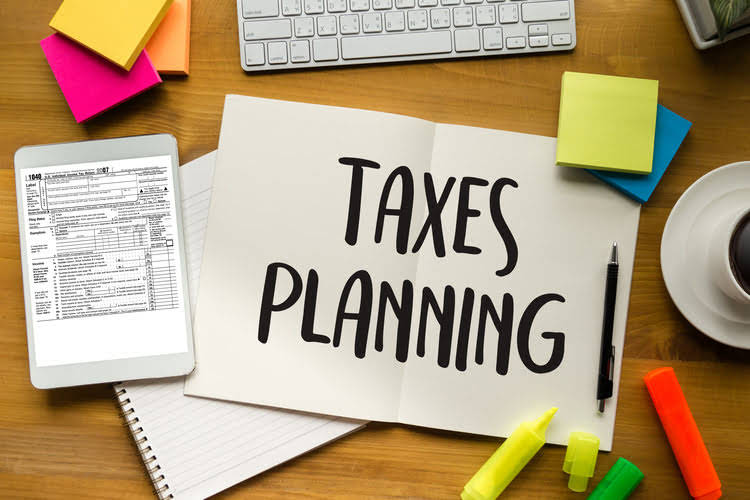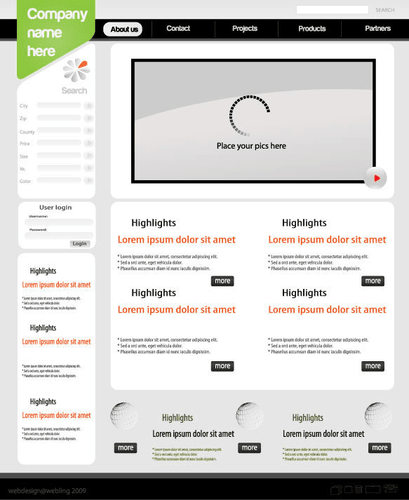Bookkeeping
How To Invest In Dividend Stocks

A dividend reinvestment plan (DRIP) allows investors to reinvest the money earned from dividend payments into more shares, or fractional shares, of that stock. A DRIP can help investors take advantage of compounding returns as they benefit from a growing share price, additional shares of stock, and regular dividend payments. The periodic payments from dividend stocks can be useful when utilizing a dividend reinvestment plan.
Dividend funds
Many investors look to buy stock in companies that pay dividends to generate a regular passive dividend income. They may be doing this to replace a salary — e.g., in retirement — or supplement their current income. Investors who are following an income-producing strategy tend to favor dividend-paying stocks, government and corporate bonds, and real estate investment trusts (REITs). A dividend reinvestment plan (DRIP) offers a number of advantages to investors. Look for companies with a track record of stable and growing dividends.

What Is a Dividend Rate?
REITs offer an average dividend yield of 3.8%, more than double what you might get from an S&P 500 fund. REITs focusing on certain sectors, like mortgages, may even offer higher yields. A dividend-paying stock generally pays 2% to 5% annually, whether in cash or shares. When you look at a stock listing online, check the “dividend yield” line to determine what the company has been paying out.
Free Accounting Courses
Although cash dividends are common, dividends can also be issued as shares of stock. There are no guarantees of a positive investment outcome for shareholders. But despite the risks, I think BP’s streamlining programme has what is a dividend account the potential to increase shareholder returns and hopefully push the share price higher in the coming years. In the first method, invest $3,000 annually ($250 a month) for the next 10 years in Timbercreek Financial’s DRIP.

Important Dates with Regard to Dividend Payments
- The non-taxable portion of the total gain realized by the company is added to the capital dividend account (CDA).
- Look for companies with a track record of stable and growing dividends.
- Unlike cash dividends, stock dividends are not taxed until the investor sells the shares.
- To achieve diversification, you should select a class of cyclical dividend-paying assets and compare it to its counterpart.
- Stock dividends allow companies to share a portion of their profits with its investors.
- When a stock dividend is issued, the total value of equity remains the same from the investor’s and the company’s perspectives.
- There are also differences between industries and sectors, so this ratio is most useful when comparing companies within a specific industry.
If there’s a positive for Kraft Heinz, it’s that it sells a basic need good (food) and possesses a portfolio packed with dozens of brand-name packaged foods and condiments. Most businesses were hurt by the pandemic, but when people were forced to isolate, it helped boost interest in the company’s easy-to-prepare meals and snacks. Kraft Heinz’s balance sheet is being weighed down by a lot of long-term debt and goodwill it may never recoup. Innovation has been the driving force behind Apple’s climb to a valuation in excess of $3 trillion. In addition to being the most-chosen smartphone brand in the U.S., Apple is in the process of transforming into a platforms-based company.
A 30% Discount on a Magnificent Dividend Stock You Don’t Want to Miss
- A cash dividend primarily impacts the cash and shareholder equity accounts.
- In the second method, invest $15,000 and hold it in the DRIP for the next 10 years.
- A high dividend yield can offer several benefits to investors, including a steady stream of income, which can be particularly attractive for income-focused investors or those in retirement.
- Managers of corporations have several types of distributions they can make to the shareholders.
- The periodic payments from dividend stocks can be useful when utilizing a dividend reinvestment plan.
First of all, this dividend policy allows shareholders to benefit from increasing profits of a company, thus, allowing them to earn higher in times of increasing profits. However, they may also be at a disadvantage as it also means they may earn lower or, sometimes, nothing when the profits of the company are declining. A constant dividend policy creates volatile returns for shareholders.
What Is Dividend Yield?


